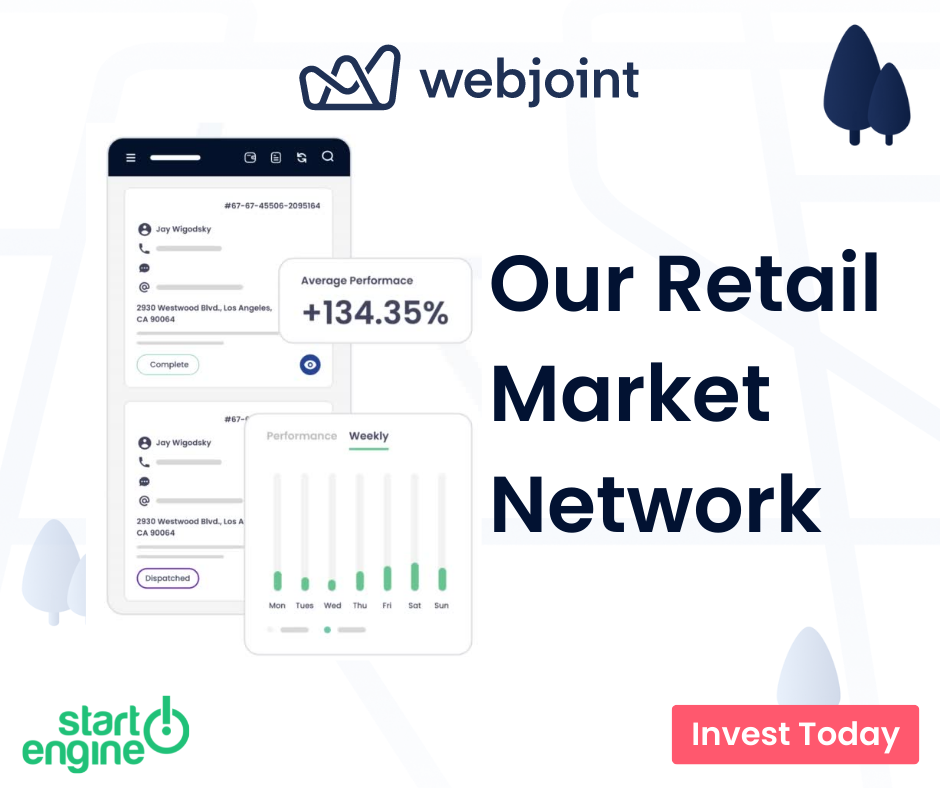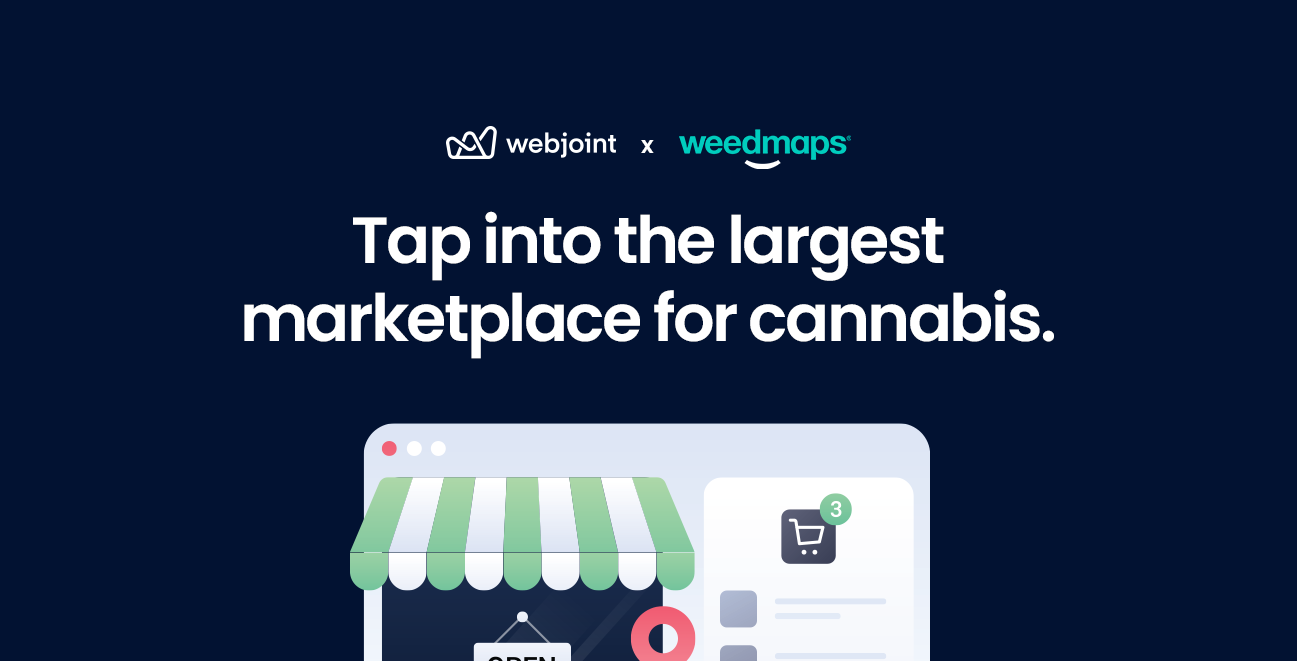In the world of logistics and delivery, the last mile is often the most challenging and expensive part of the process. It refers to the final leg of a product’s journey from a warehouse or distribution center to its final destination, whether that be a customer’s doorstep or a retail store.
Last mile delivery is a crucial aspect of the supply chain, and optimizing this process can lead to significant cost savings and improved customer satisfaction. In this article, we will explore the concept of last mile route optimization and how an order tracker can help streamline this process.
What is Last Mile Route Optimization?
Last mile route optimization is the process of finding the most efficient and cost-effective route for delivering goods to their final destination. It involves analyzing various factors such as delivery locations, traffic patterns, and delivery time windows to determine the best route for each delivery vehicle.
Last mile route optimization can help companies reduce delivery times, improve customer satisfaction, and reduce costs associated with last mile delivery. It also allows for more efficient use of resources, such as delivery vehicles and drivers, leading to a more sustainable and environmentally friendly delivery process.
Order tracking is an important component of last mile route optimization, as it allows companies to monitor their deliveries in real-time and keep customers informed of delivery status. This helps ensure on-time delivery and reduces customer frustration.
The Importance of Last Mile Optimization
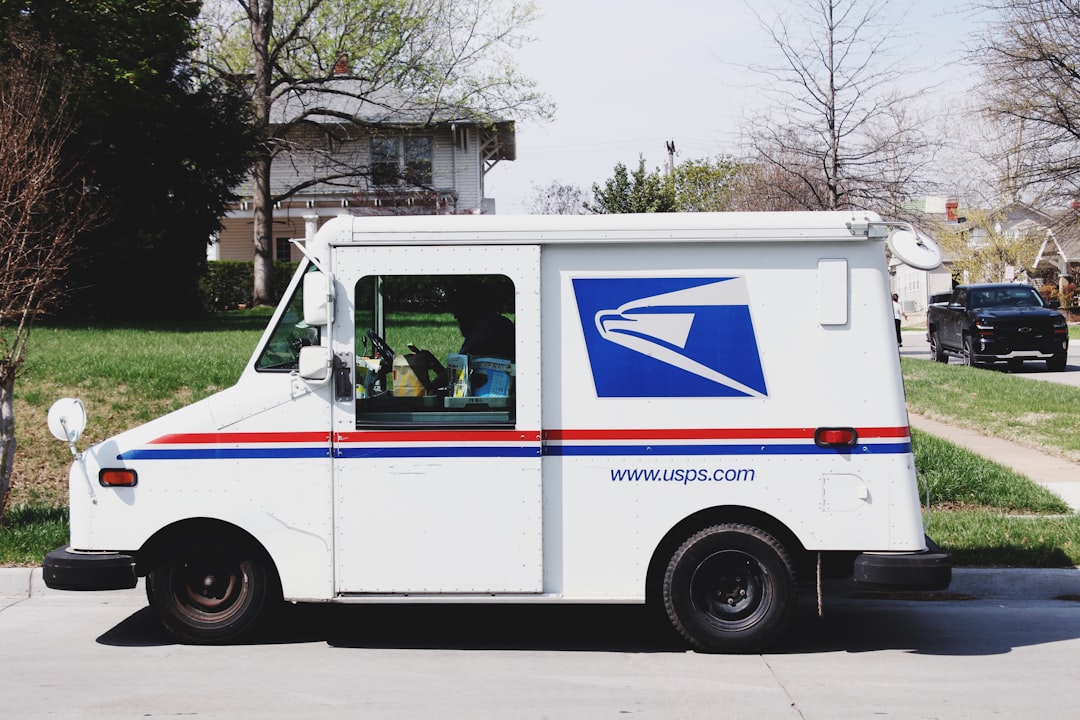
The last mile of delivery is often the most expensive part of the supply chain, accounting for up to 53% of the total delivery cost. This is due to the high number of stops and the unpredictable nature of urban traffic.
By optimizing the last mile, companies can reduce delivery costs, improve delivery times, and increase customer satisfaction. It also allows for more efficient use of resources, such as delivery vehicles and drivers, leading to a more sustainable and environmentally friendly delivery process.
Challenges of Last Mile Delivery
The last mile of delivery presents several challenges that make it difficult to optimize. These include:
- Traffic Congestion: Urban areas are often congested, making it challenging for delivery vehicles to navigate and reach their destinations on time.
- Delivery Time Windows: Many businesses have specific delivery time windows, such as before or after business hours, which can limit the flexibility of delivery routes.
- Multiple Stops: Delivery vehicles often have to make multiple stops in a single trip, which can lead to longer routes and increased delivery times.
- Unpredictable Factors: Weather, road closures, and other unforeseen circumstances can impact delivery routes and cause delays.
Last mile delivery route optimization is a process of using technology to optimize delivery routes to reduce costs and time. By utilizing data such as traffic patterns, current delivery locations, and customer delivery preferences, businesses can create optimized delivery routes that are more efficient and cost-effective. This can help businesses reduce delivery costs and improve their customer experience.
How Can an Order Tracker Help with Last Mile Optimization?
An order tracker is a software tool that allows businesses to track the status of their orders in real-time. It provides real-time visibility into the location and status of each delivery, allowing businesses to optimize their last mile delivery process.
Real-Time Tracking and Monitoring
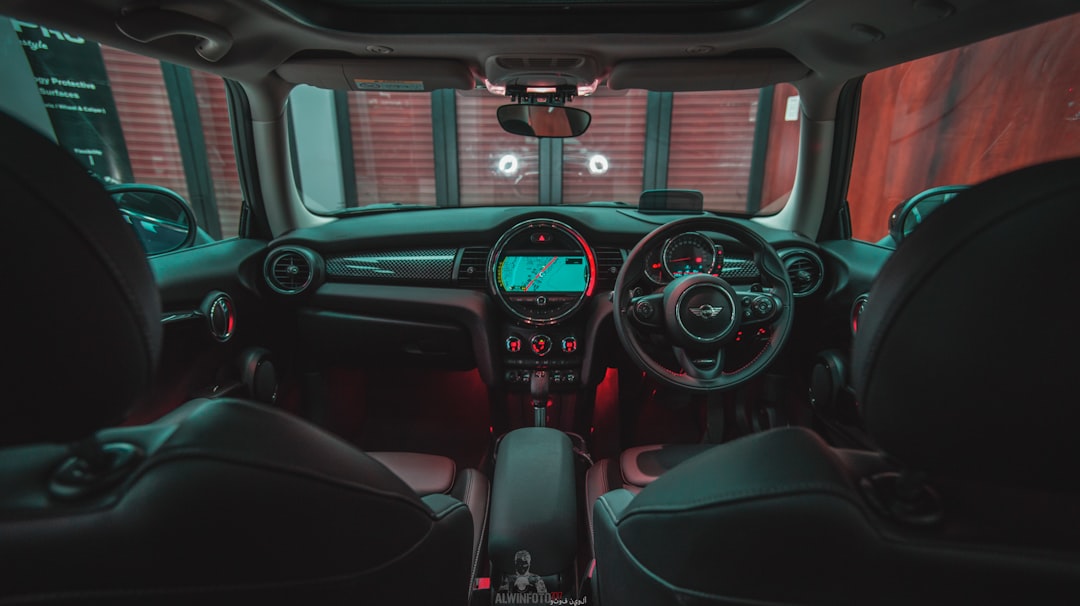
An order tracker provides real-time tracking and monitoring of delivery vehicles, allowing businesses to see the exact location of each vehicle and the status of each delivery. This information can be used to optimize routes and make adjustments in real-time to avoid delays and improve efficiency.
Route Planning and Optimization
Order trackers can also be incredibly advantageous in the realm of route planning and optimization. By meticulously analyzing various data points, including but not limited to delivery locations, traffic patterns, and delivery time windows, this cutting-edge software has the remarkable ability to provide valuable insights and recommendations regarding the most efficient route to be taken by every single delivery vehicle. In doing so, it holds the potential to significantly decrease delivery times and costs, whilst simultaneously enhancing overall customer satisfaction levels to unprecedented heights.
Delivery Confirmation and Proof of Delivery
An order tracker is an essential tool that not only tracks the progress of an order but also offers additional benefits such as delivery confirmation and proof of delivery. This feature becomes particularly advantageous for businesses that demand a signature or any other form of confirmation upon the arrival of an order. With the assistance of this innovative software, businesses can effortlessly capture and gather this crucial information in real-time, facilitating more precise and punctual delivery updates that will undoubtedly enhance their overall operations.
Data Analysis and Reporting

Order trackers also offer data analysis and reporting capabilities, allowing businesses to track and analyze delivery performance over time. This data can be used to identify areas for improvement and make data-driven decisions to optimize the last mile delivery process.
Real-World Examples of Last Mile Optimization
Several companies have successfully implemented last mile optimization strategies using order trackers. Here are two real-world examples:
Amazon
Amazon is known for its efficient and speedy delivery process, and last mile optimization plays a significant role in this. The company uses a combination of order tracking, route optimization, and data analysis to ensure timely and cost-effective deliveries.
Amazon’s order tracker, known as “Track Your Package,” allows customers to track the status of their orders in real-time. This not only provides customers with peace of mind but also allows Amazon to optimize routes and make adjustments in real-time to avoid delays.
UPS
UPS has also implemented last mile optimization strategies using an order tracker. The company’s “UPS My Choice” service allows customers to track their packages and receive delivery alerts. This not only improves customer satisfaction but also allows UPS to optimize routes and make adjustments in real-time to avoid delays.
How to Implement Last Mile Optimization in Your Business
If you’re looking to optimize your last mile delivery process, here are some steps you can take:
Analyze Your Current Process
The first step in implementing last mile optimization is to analyze your current delivery process. Identify areas for improvement, such as delivery times, costs, and customer satisfaction.
Invest in an Order Tracker

Investing in an order tracker is crucial for last mile optimization. Look for a software tool that offers real-time tracking, route optimization, and data analysis capabilities.
Train Your Team
When it comes to implementing a new software tool, it is of utmost importance to allocate sufficient time and resources towards providing proper training to your esteemed team. By doing so, you can ensure that not only your esteemed delivery drivers but also all other dedicated employees within your organization are well-versed with the intricacies of the order tracker and possess the necessary knowledge and skills to utilize this tool in a highly proficient and efficient manner, thereby maximizing its effectiveness and optimizing the overall productivity within your workplace environment.
Monitor and Analyze Data
Once you have implemented an order tracker, make sure to monitor and analyze data regularly. This will allow you to identify areas for improvement and make data-driven decisions to optimize your last mile delivery process.
By leveraging data-driven insights, businesses can optimize their delivery routes to reduce time, costs, and improve customer satisfaction. This involves analyzing a variety of data points, such as customer locations, traffic patterns, and delivery times. With the right order tracker, businesses can easily track and analyze this data to ensure their deliveries are running as efficiently as possible.
Conclusion
Last mile route optimization is a crucial aspect of the supply chain, and implementing an order tracker can help businesses streamline this process. By providing real-time tracking, route optimization, and data analysis capabilities, an order tracker can help reduce delivery costs, improve delivery times, and increase customer satisfaction. If you’re looking to optimize your last mile delivery process, consider investing in an order tracker today.
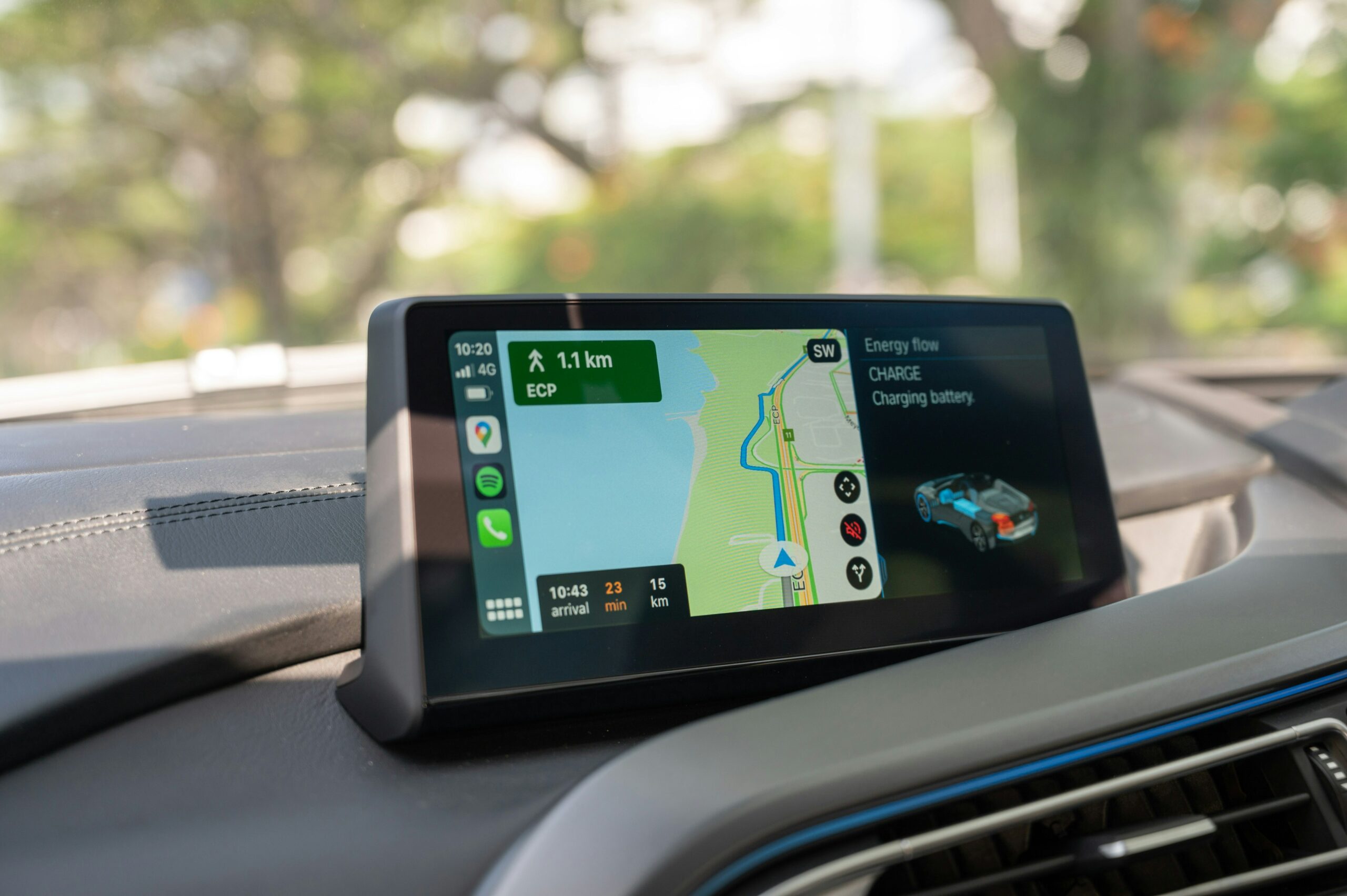
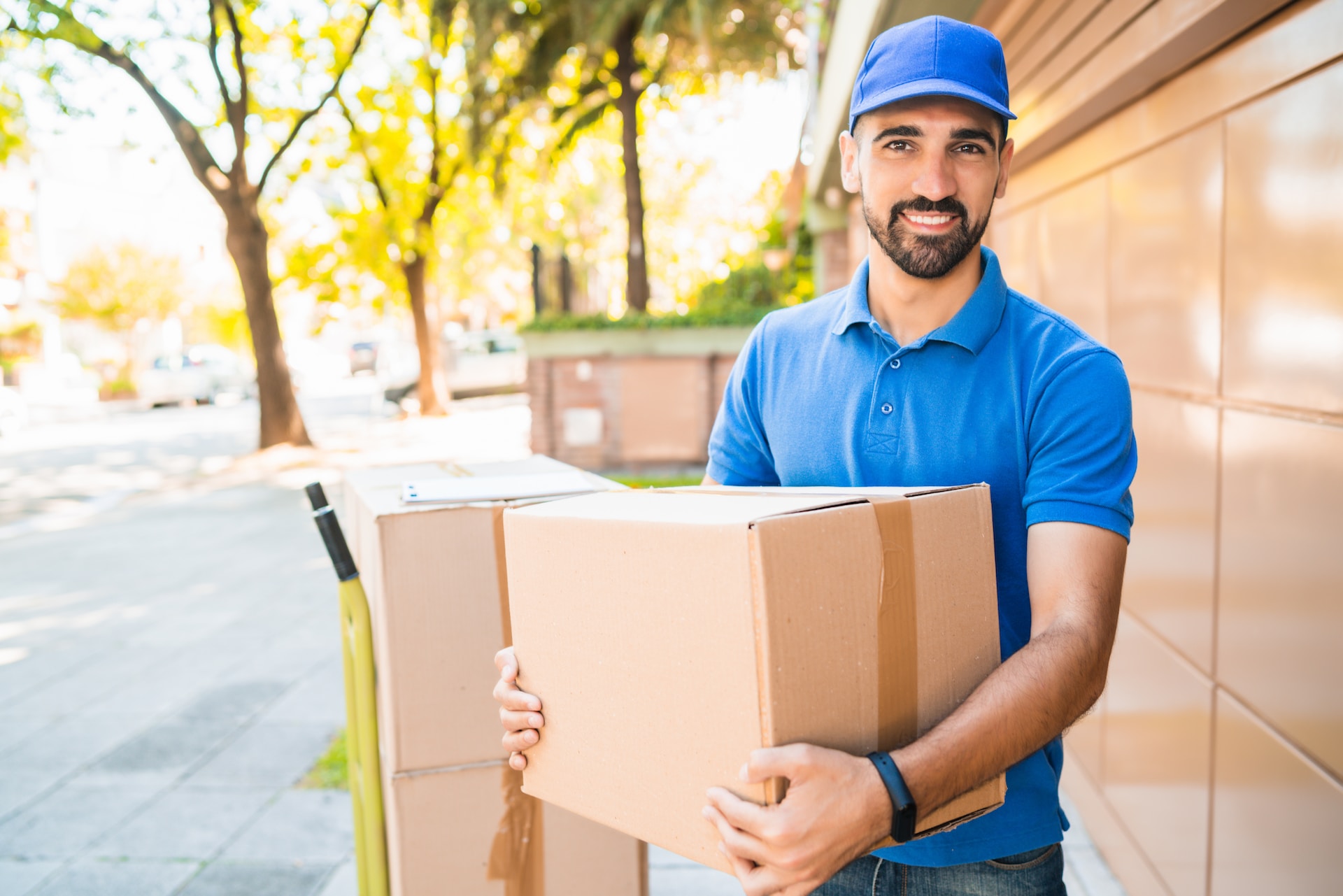
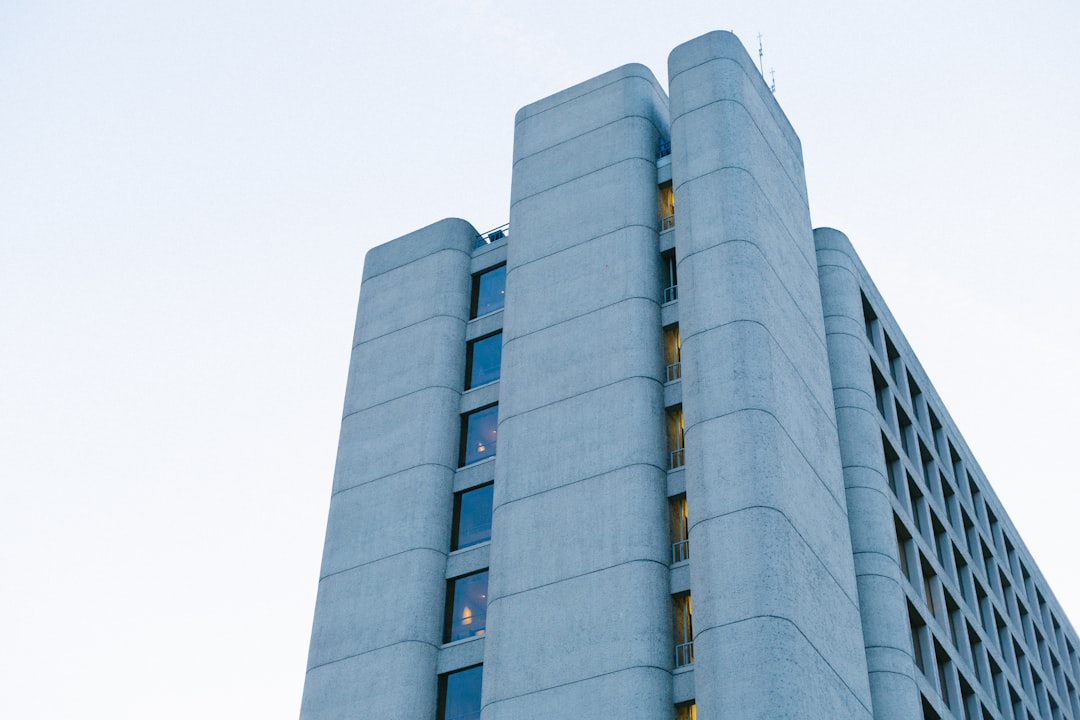 by Kyle Glenn (https://unsplash.com/@kylejglenn)
by Kyle Glenn (https://unsplash.com/@kylejglenn)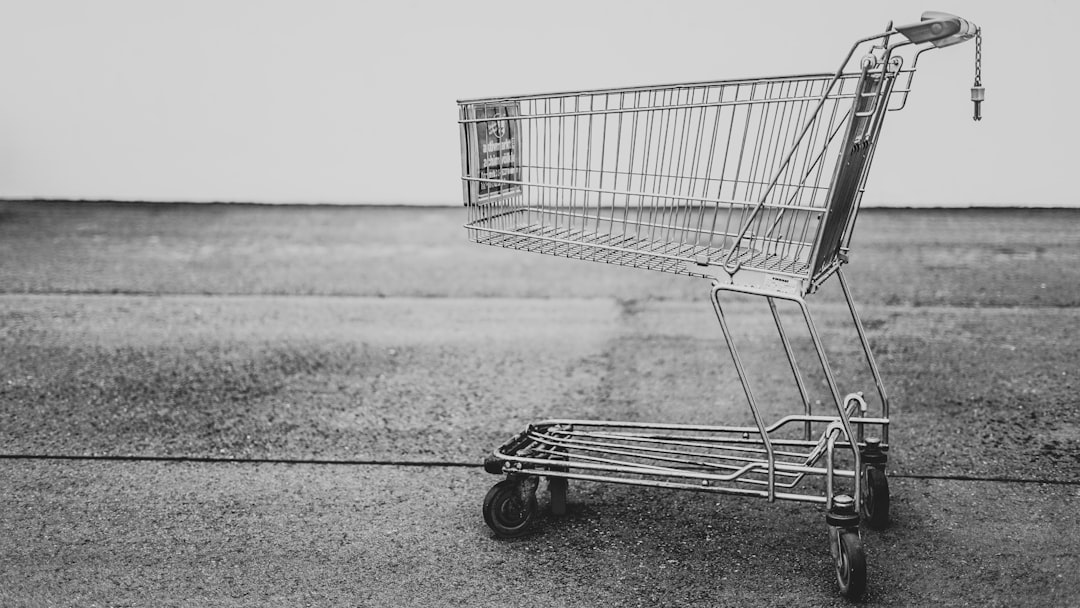 by Bruno Kelzer (https://unsplash.com/@bruno_kelzer)
by Bruno Kelzer (https://unsplash.com/@bruno_kelzer)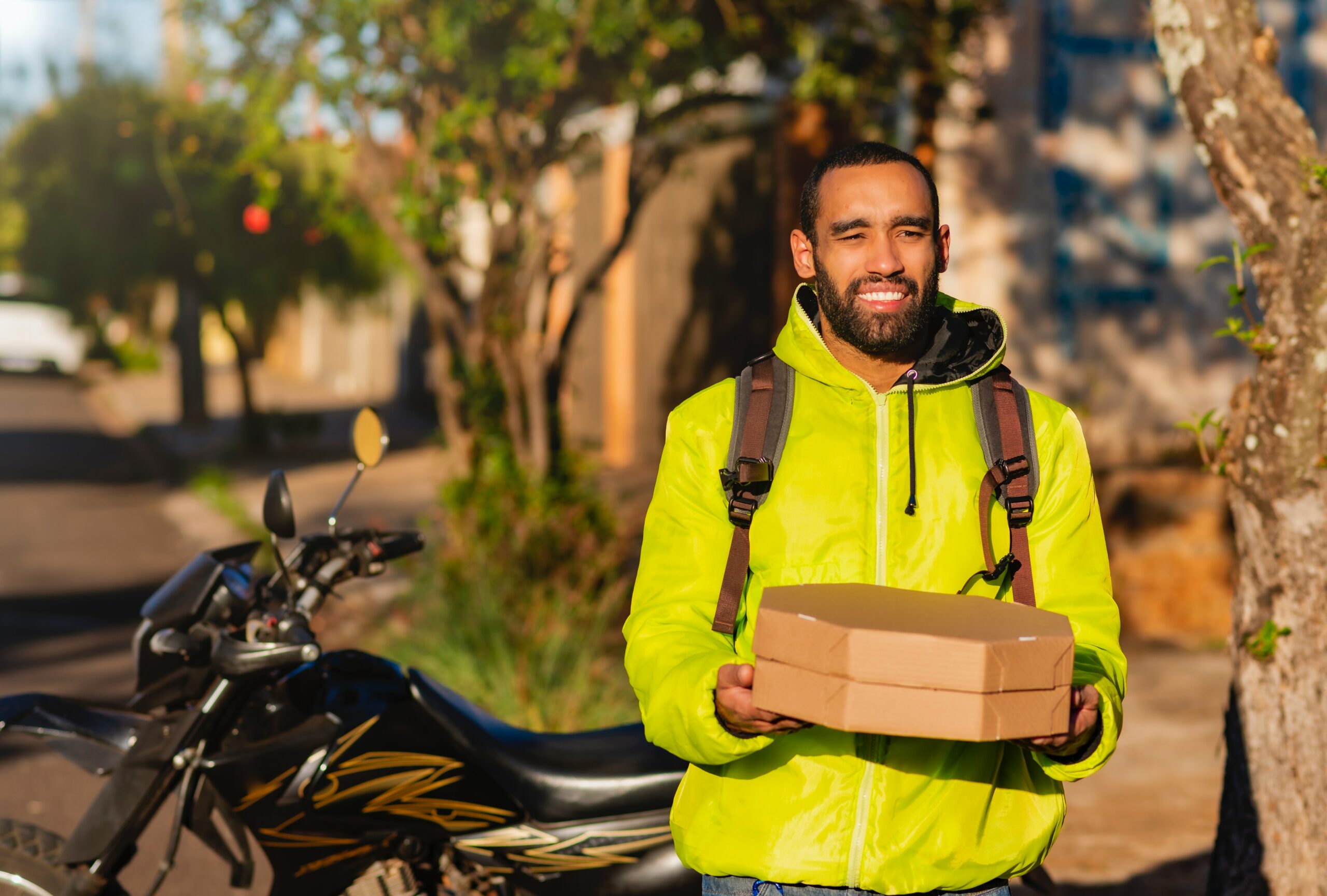
 by Grab (https://unsplash.com/@grab)
by Grab (https://unsplash.com/@grab)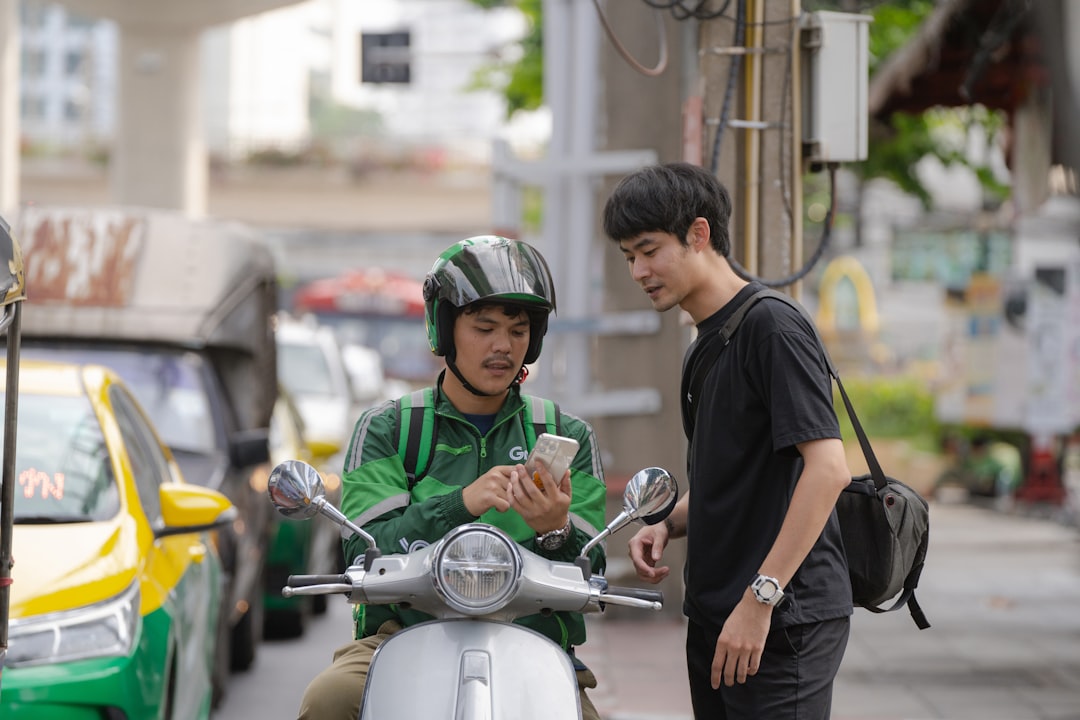 by Grab (https://unsplash.com/@grab)
by Grab (https://unsplash.com/@grab)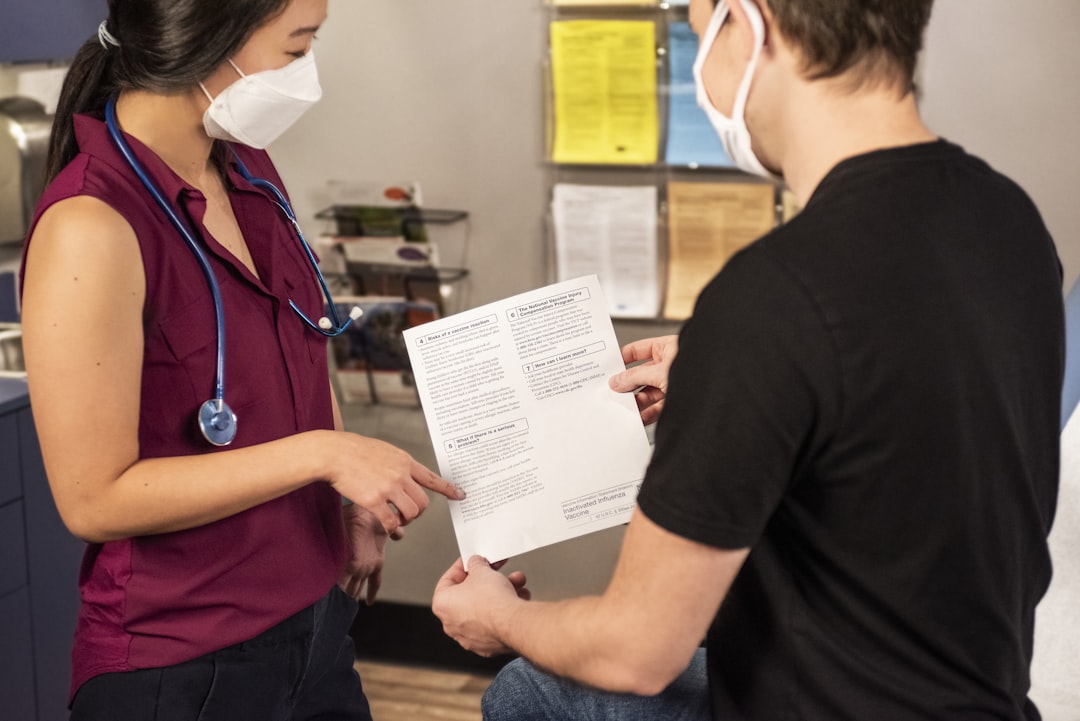 by CDC (https://unsplash.com/@cdc)
by CDC (https://unsplash.com/@cdc) by Grab (https://unsplash.com/@grab)
by Grab (https://unsplash.com/@grab)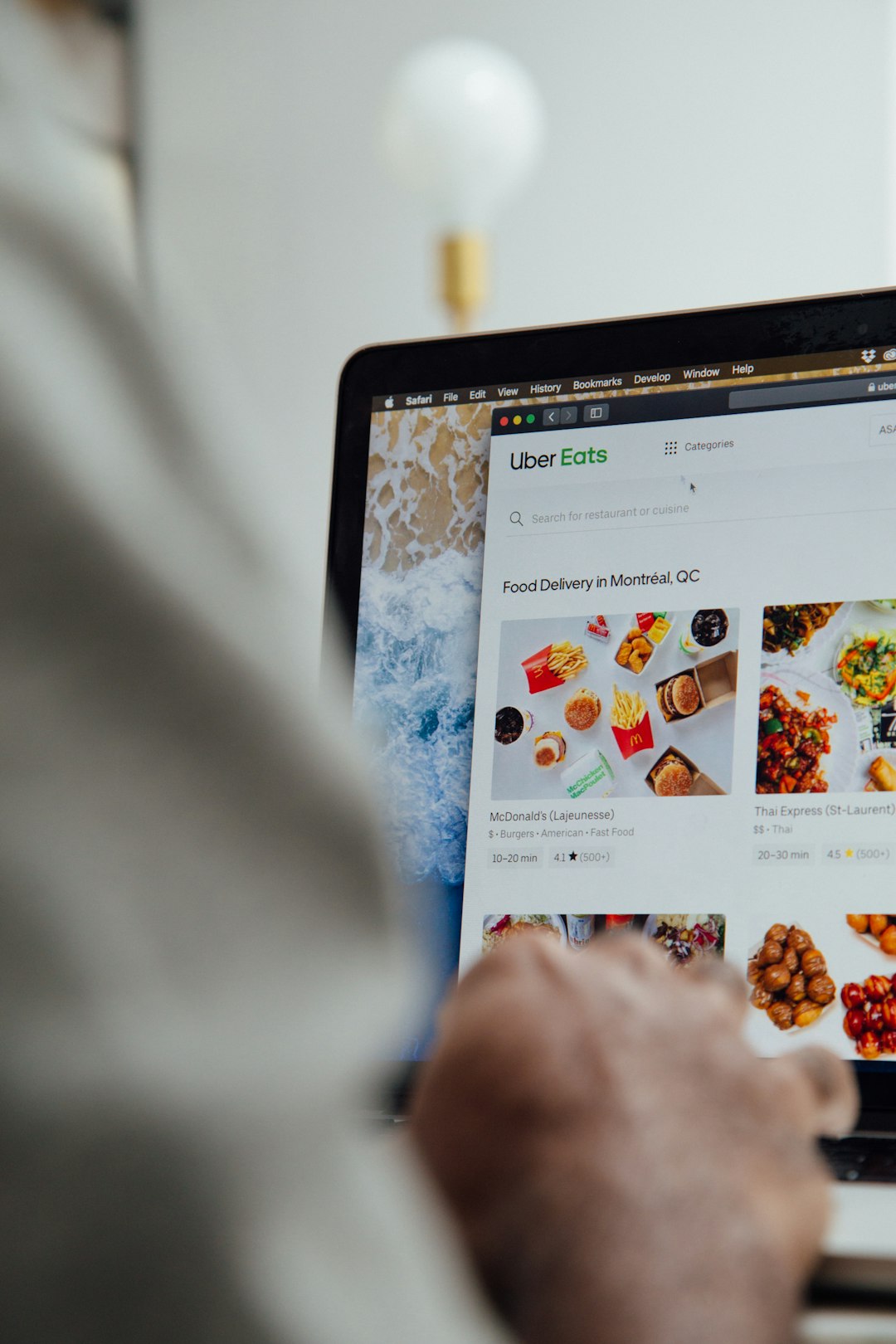 by charlesdeluvio (https://unsplash.com/@charlesdeluvio)
by charlesdeluvio (https://unsplash.com/@charlesdeluvio) by Headway (https://unsplash.com/@headwayio)
by Headway (https://unsplash.com/@headwayio)